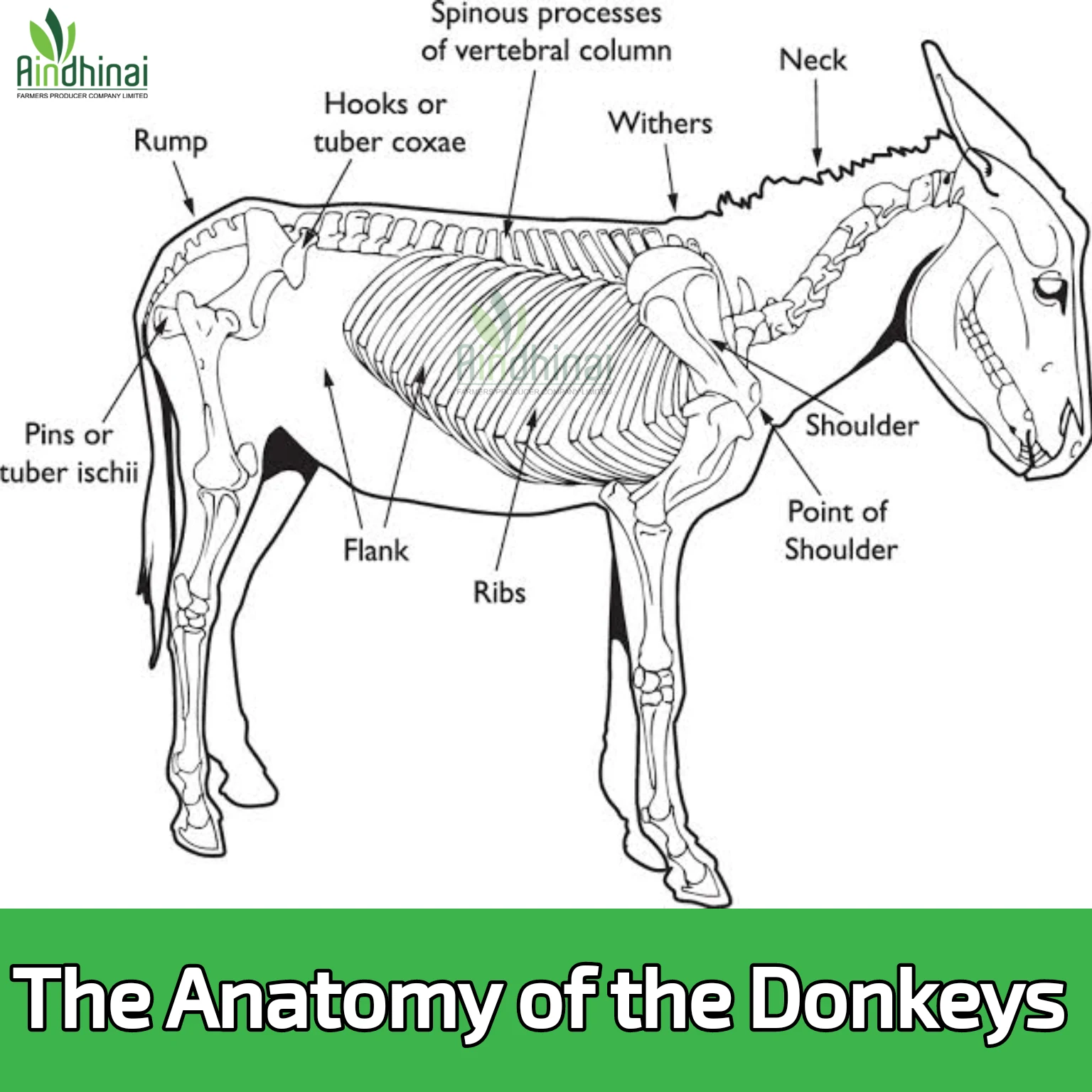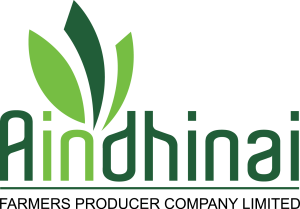The donkey is a herbivores animal but not a ruminant like cow, buffalo and goats etc as it does not chew the cud. It is a monogastric herbivore animal like horses and zebras. Donkey’s gut is suited to consume large amounts of forage such as grass and straw.
Above mentioned ruminants like cows, buffalos and goats have four chambers of rumen or stomachs to enable the process of rumination. But the gut of donkeys do not have such a feature and same is the case with horses and mules.
The main external physical parts of the donkey are the ears, eyes, the mane, nostril, mouth, the leg, the hoof and the tail. Similarly the internal organs of donkey comprise of lungs, Heart, diaphragm, the liver, pancreas, the kidney, the bladder, the cecum and the rectum. The gut of the donkey is remarkably similar to that of the horse. Donkey’s intestine is 24 meters in length and has a capacity of 160 liters. The small intestine occupies 30% of the space of the gut. Very rarely the consumed contents exceed the total capacity of the gut of the donkey.
The hooves of the donkey are tougher than that of horse and hence do not require shoeing and this was the reason why they were used extensively as carriers of burden around the world, especially in rough terrains like hilly tracts. It takes 24 to 35 hours for the fodder consumed by the donkey to get eliminated as feces. Such a large space of the gut of the donkey enables donkeys to retain the extremely fibrous diet of forage that they take to undergo the digestion process in full.
Hence the keepers of donkeys should not take the pot belly looks as a sign of fullness of the stomach of the donkey and deny them the required forage. And ensure ample grazing time to help them maintain their nutrition levels.
பசு, எருமை மற்றும் வெள்ளாடு போன்றவை அசை மெல்லாது. அது குதிரைகள் மற்றும் வரிக்குதிரைகள் போன்ற ஒரு ஒற்றை காஸ்ட்ரிக் தாவரவகை விலங்கு. கழுதையின் குடல் அதிக அளவு தீவனத்தை உட்கொள்ள ஏற்றது புல் மற்றும் வைக்கோல் போன்றவை. மேலே குறிப்பிட்டுள்ள பசுக்கள், எருமைகள் மற்றும் ஆடுகள் போன்ற அசைபோடும் விலங்கு செயல்படுத்த நான்கு அறைகள் ரூமன் அல்லது வயிறு வேண்டும். சலசலப்பு செயல்முறை. ஆனால் கழுதைகளுக்கு குடல் இல்லை. குதிரைகள் மற்றும் கோவேறு கழுதைகளின் விஷயத்தில் இது போன்ற ஒரு அம்சம் உள்ளது.
கழுதையின் முக்கிய வெளிப்புற உடல் பாகங்கள் காதுகள், கண்கள், மேனி, நாசி, வாய், கால், குளம்பு மற்றும் வால். அதே போல் கழுதையின் உள் உறுப்புகளும் அடங்கும் நுரையீரல், இதயம், உதரவிதானம், கல்லீரல், கணையம், சிறுநீரகம், சிறுநீர்ப்பை, செகம் மற்றும் மலக்குடல். கழுதையின் குடல் குறிப்பிடத்தக்க வகையில் ஒத்திருக்கிறது குதிரை. கழுதையின் குடல் நீளம் 24 மீட்டர் மற்றும் ஒரு உள்ளது 160 லிட்டர் கொள்ளளவு. சிறுகுடல் 30% ஆக்கிரமித்துள்ளது குடலின் இடம். மிகவும் அரிதாக நுகரப்படும் உள்ளடக்கங்கள் கழுதையின் குடலின் மொத்த கொள்ளளவை விட அதிகமாகும்.
கழுதையின் குளம்புகள் குதிரையை விட கடினமானவை எனவே லாடம் போட வேண்டிய அவசியமில்லை, இதுவே காரணம் அவை ஏன் சுமை தாங்கிகளாக பரவலாகப் பயன்படுத்தப்பட்டன. உலகம் முழுவதும்,குறிப்பாக மலைப்பாங்கான கரடுமுரடான நிலப்பரப்புகளில் துண்டுப்பிரதிகள்.உணவு உண்ணும் தீவனத்திற்கு 24 முதல் 35 மணி நேரம் ஆகும்.கழுதை மலம் கழிக்க வேண்டும். இவ்வளவு பெரிய இடம் கழுதையின் குடல் கழுதைகளை தக்கவைத்துக் கொள்ள உதவுகிறது.
தீவனத்தின் மிகவும் நார்ச்சத்துள்ள உணவுகளை அவர்கள் மேற்கொள்ளும் செரிமான செயல்முறை முழுமையாக. எனவே கழுதைகளை பராமரிப்பவர்கள் பானையை எடுக்கக்கூடாது.
வயிறு நிரம்பியதன் அறிகுறியாகத் தெரிகிறது கழுதை மற்றும் அவர்களுக்கு தேவையான தீவனம் மறுக்க. மற்றும் உறுதி அவற்றின் ஊட்டச்சத்தை பராமரிக்க போதுமான மேய்ச்சல் நேரம் நிலைகள்.

